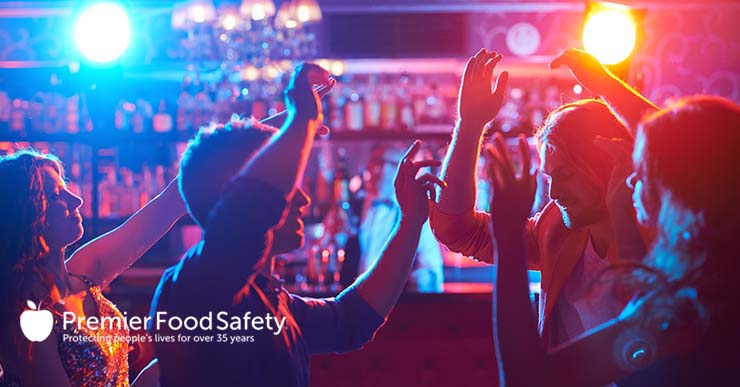Daily Archives: December 10, 2015
Published December 10, 2015
10 Proactive Loss Prevention Strategies
Employees skimming cash, food, or alcohol is an endemic problem in the restaurant industry, but it can be prevented. Savvy use of techniques like mystery shoppers and unexpected drop-ins at your business can go a long way towards minimizing supply loss without necessitating that you fire employees.
Read More: https://premierfoodsafety.com/blog/10-proactive-loss-prevention-strategies/
Published
Make Your Restaurant Design Tell a Story
If your restaurant is mindful about sourcing ingredients locally and from ethical producers, it’s great PR to highlight this fact. You can, of course, mention your ingredient sourcing policies on your menu, but there are other ways to highlight your restaurant’s ‘food story.’ Design elements like signage, graphics, and even furniture and building materials can […]
Read More: https://premierfoodsafety.com/blog/make-your-restaurant-design-tell-a-story/
Published
The Source of Fast Casual’s Surge
Harvest Public Media has a piece that investigates why fast casual concepts like Panera are taking the restaurant world by storm. They journey to Colorado, arguably the heart of the fast casual revolution, to figure out why these restaurants are so appealing. They found that fast casual’s ascendance may have been helped by the 2008 […]
Read More: https://premierfoodsafety.com/blog/the-source-of-fast-casuals-surge/
ARCHIVES
- Commentary
- Want to Optimize Your Menuboards? Try Analytics
- One Coffee Shop’s Mission-Focused Approach to Marketing
- Why the Future of Sandwiches is Global
- Create a Stunning Look with Custom and Themed Table Tops
- Is Alcohol Worth the Price for Fast Casuals?
- Food Handler
- How to Compliment Guests
- Tips for balancing your job and your relationship
- More annoying customers that drive you crazy
- The tip of a lifetime
- Customers are annoying
- Food Manager
- Online ordering – the future is now!
- Improve assistant manager skills to boost business
- How to Manage and Control Food Costs
- Sustainable food is good for business (and the environment!)
- What’s the Deal with Baby Boomers?
- News
- Jimmy John Liautaud to Receive Horatio Alger Award
- Loyalogy Announces New 2018 Rewards Program Research Study with Customized Options for Restaurant Companies
- Pita Pit’s CEO Talks Fresh Menu, Future Changes
- Leaders Establish Foodservice Consulting Firm
- CoreLife Eatery Announces New Franchising Opportunities
- Quiz
- Trending



